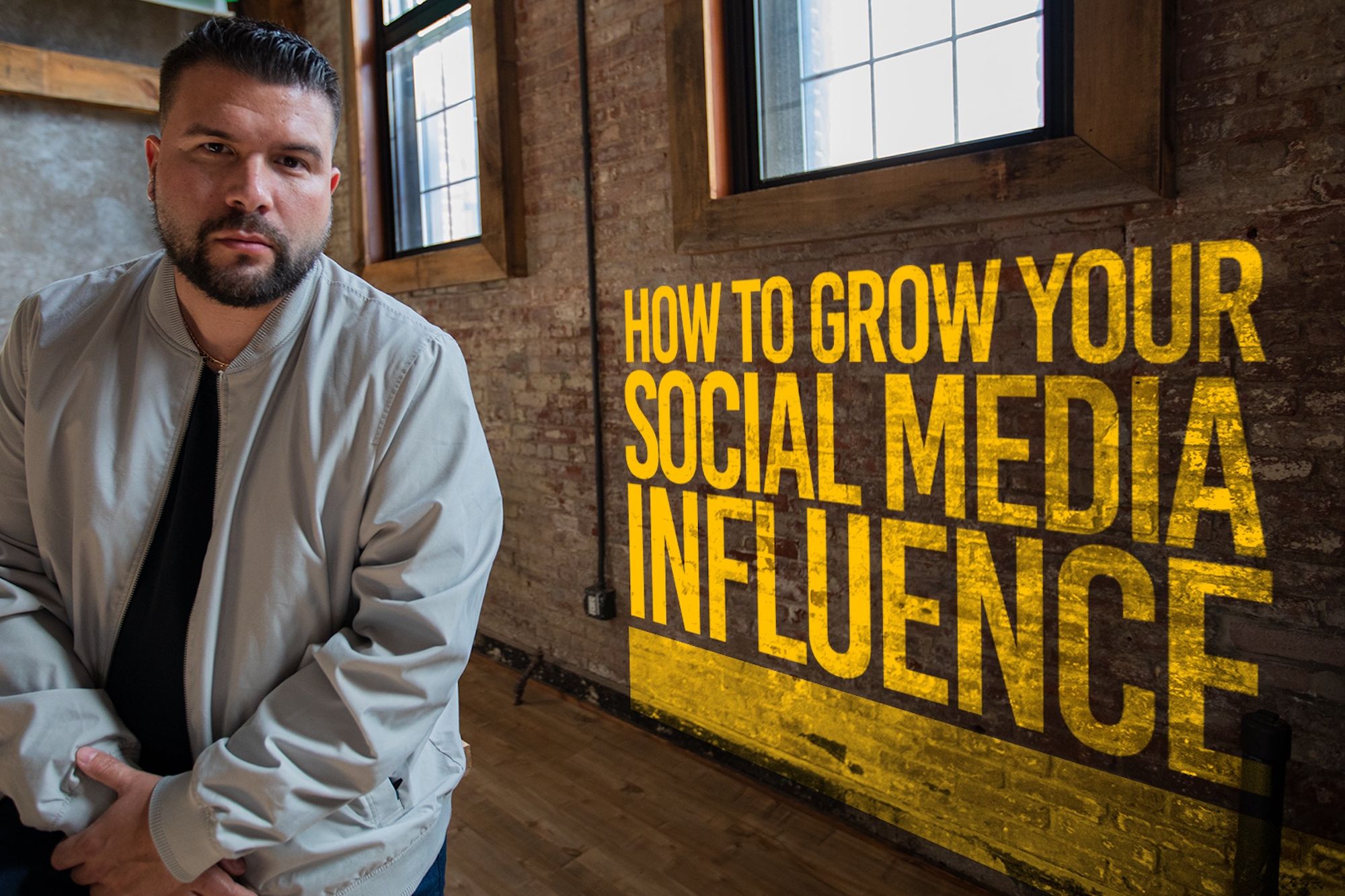Breaking Down the Business of SXSW How this global cultural festival rakes in cash while churning out opportunities for those who make the most of it.
By Carlos Gil •

Opinions expressed by Entrepreneur contributors are their own.
From 700 registrants in 1987 to over 75,000 conference attendees in 2018, South by Southwest (SXSW) has transformed from a relatively small music festival in Austin, Texas, into arguably the world's most important creative convention celebrating and connecting innovators in technology, art, food, politics and more.
With total attendance that approached 289,000 at all official 2018 SXSW events, the conference made a $350.6 million economic impact on the city of Austin. To put into context the business that SXSW has become, consider that this economic impact through direct and indirect revenue topped the economic impact from the 2017 Super Bowl that took place in another Texas city, Houston.
"What hasn't changed amidst all that growth is a strong focus on creativity. Our mission statement now is the same as it was back in 1987: We help creative people achieve their goals," says Hugh Forrest, Chief Programming Officer for SXSW. "The fact that it happens in a very creative city is one of the things that makes it work."
Having just wrapped up my fourth annual attendance at SXSW, I can say that the 2019 conference looked even stronger, and I'm taking a look back to see what makes this festival so successful and inspiring.
"You have people who every year say SXSW has jumped the shark, but yet every year there's more hotels being built, more and more people coming, more traffic. That change is one of the reasons I love this event so much. It keeps you plugged into what's relevant and cultural now, but also plugs you into what's on the horizon," says Brian Solis, an author, digital analyst, anthropologist and futurist, as well as one of the many amazing speakers at the 2019 conference.
Attendees often spend $5000+ out of their own pockets on the festival, considering ticket prices of around $1,500 plus premium fares on flights and hotels, along with food and other expenses. Even if you snag a free drink at a VIP brand party, the conference is a considerable investment. Yet SXSW continues to grow with a cult-like following.
That's because the conference provides an exclusive forum for everything from learning how to become a better marketer to getting funding for your tech startup to networking with potential business partners or colleagues.
"There is a large contingent of folks that are trying to drive innovation in new and exciting ways. You have to make it a point [to find them]," says Bonin Bough, a marketing expert, investor and author, who is also a veteran SXSW speaker.
However, Bough notes that finding these individuals often requires more than gaining access to exclusive party; in fact, these innovators are sometimes the ones at more general SXSW events because they're new to the conference and don't know where to go per se. So, conference attendees that want to get the most out of their investments in attending SXSW need to find ways to network with all sorts of different groups everywhere from the registration booth to hotel lobbies.
"The only way you make great stuff is when [there's a collision of ideas] and there's friction and there's difference. And in the absence of that, it just becomes another place where you can go and get a drink on Twitter's dime or pay a lot of money for a badge," says Bough. But, if seek out diverse networking, "you can turn this into a very valuable opportunity for yourself."
Going forward, even as SXSW incorporates new technologies such as augmented reality and virtual reality -- which could perhaps bring the conference virtually to more people outside of Austin -- the festival looks to continue to be the place for creative people of all stripes to meet and spark new business opportunities.
"In a future that is increasingly automated, where AI has a more significant role, creativity has never been more important," says Forrest.
Watch more videos from Carlos Gil on his YouTube channel here. Follow Carlos Gil on Instagram @CarlosGil83















